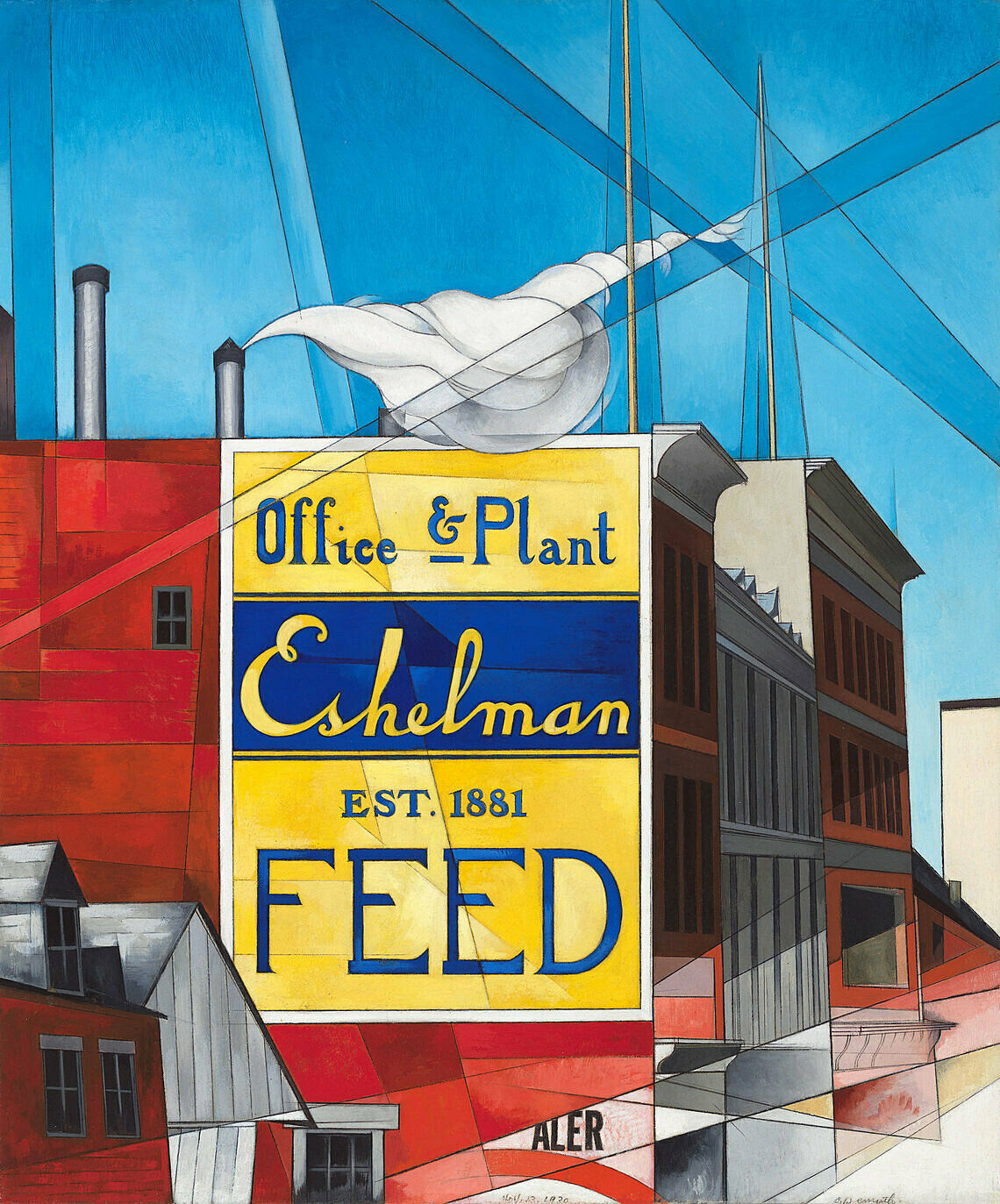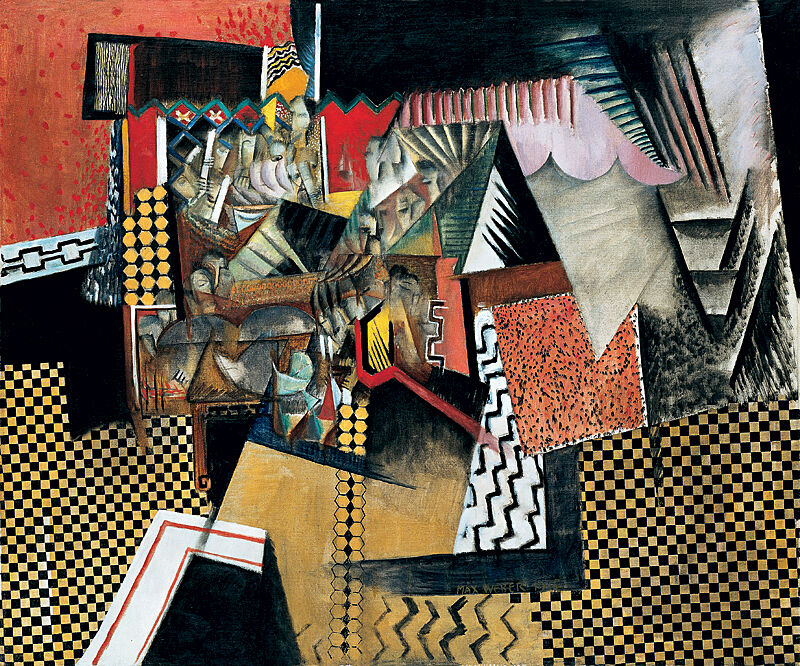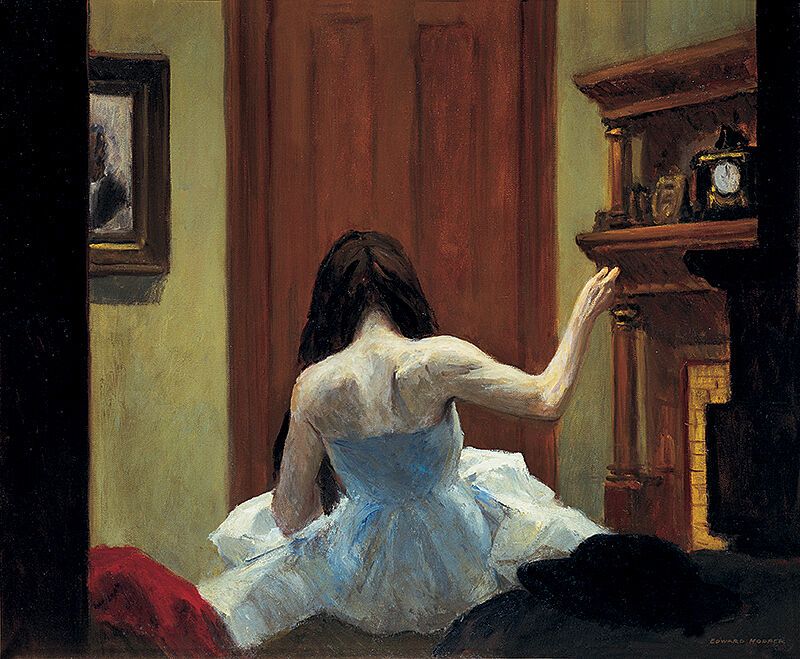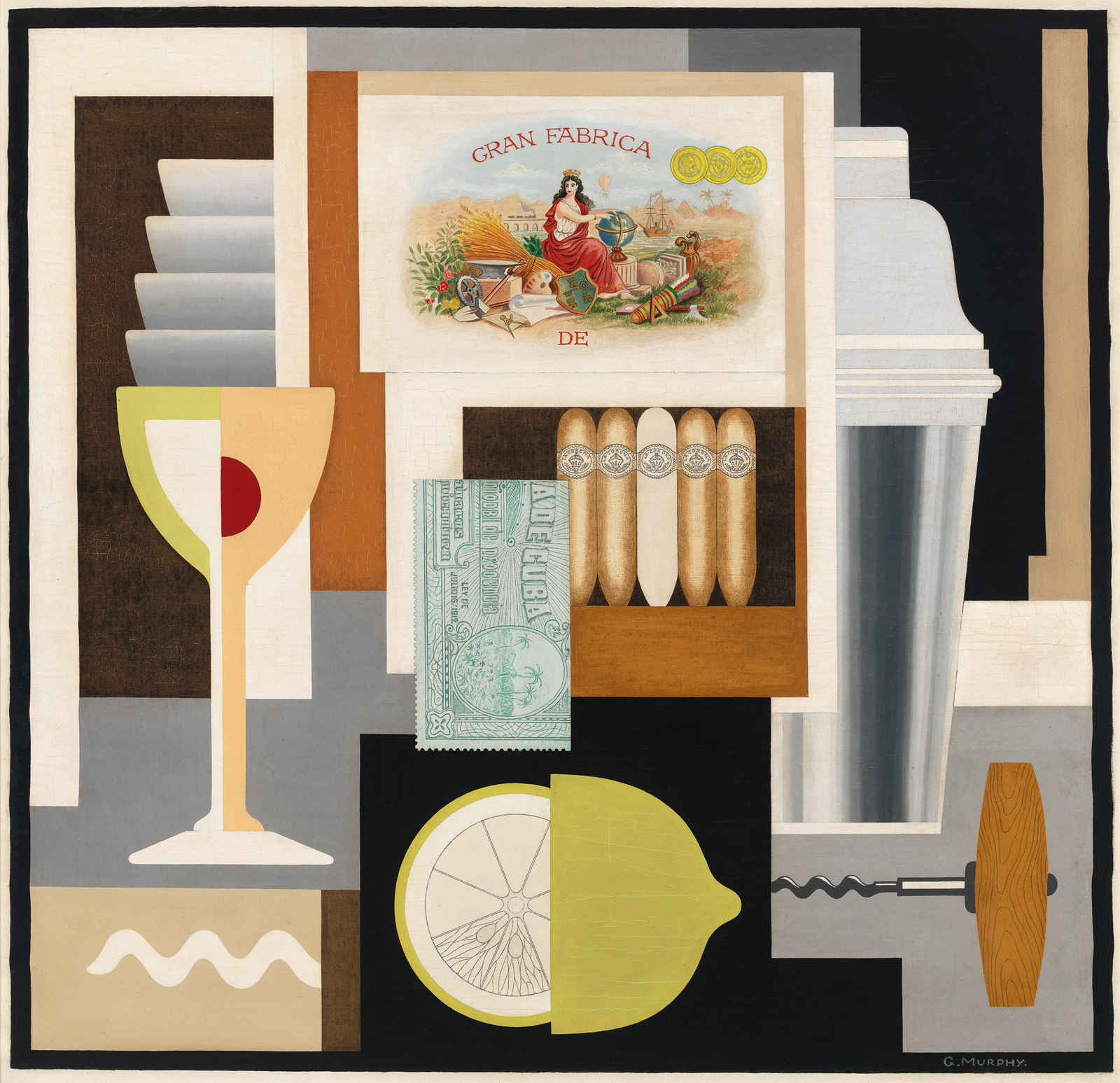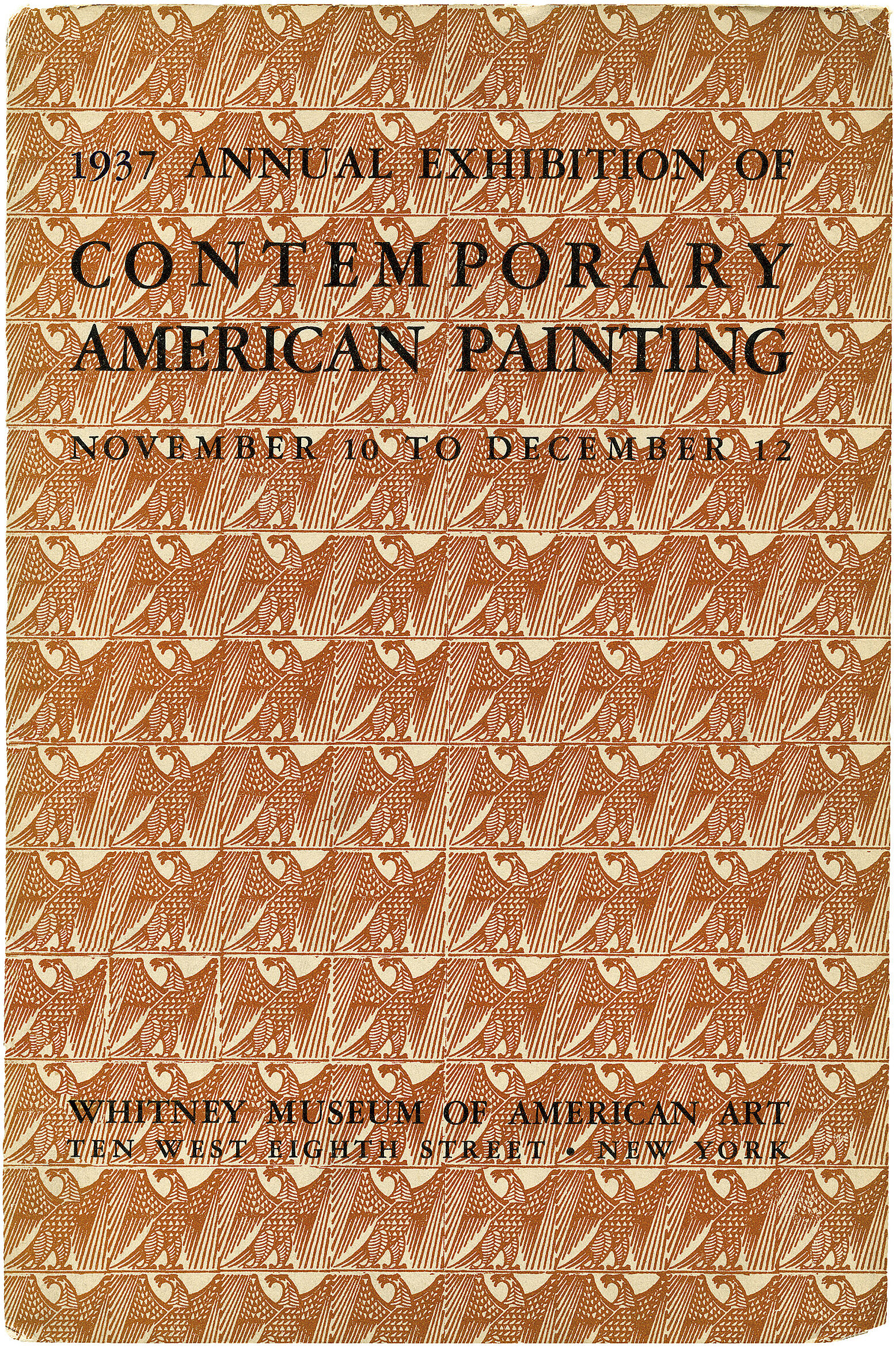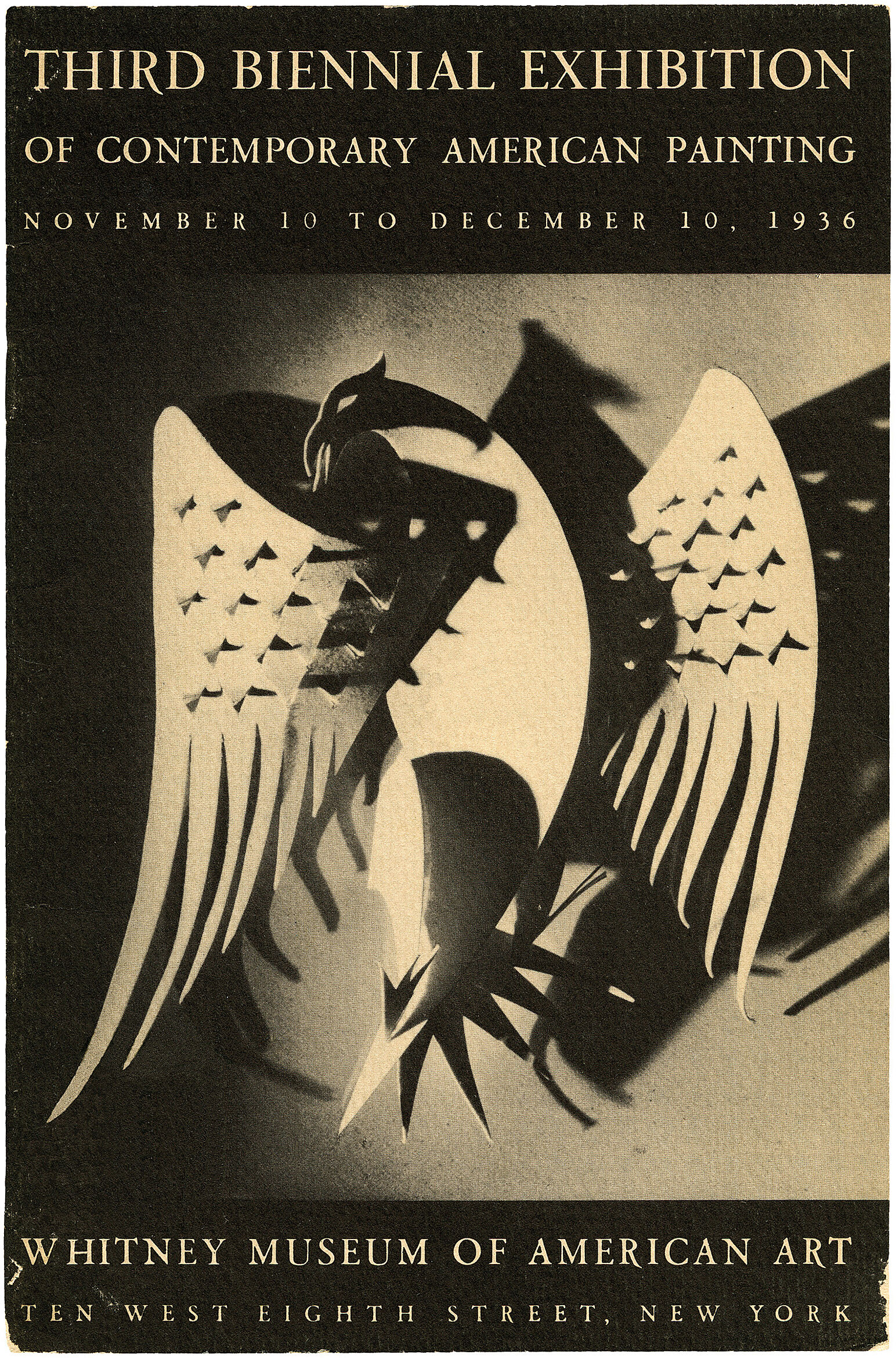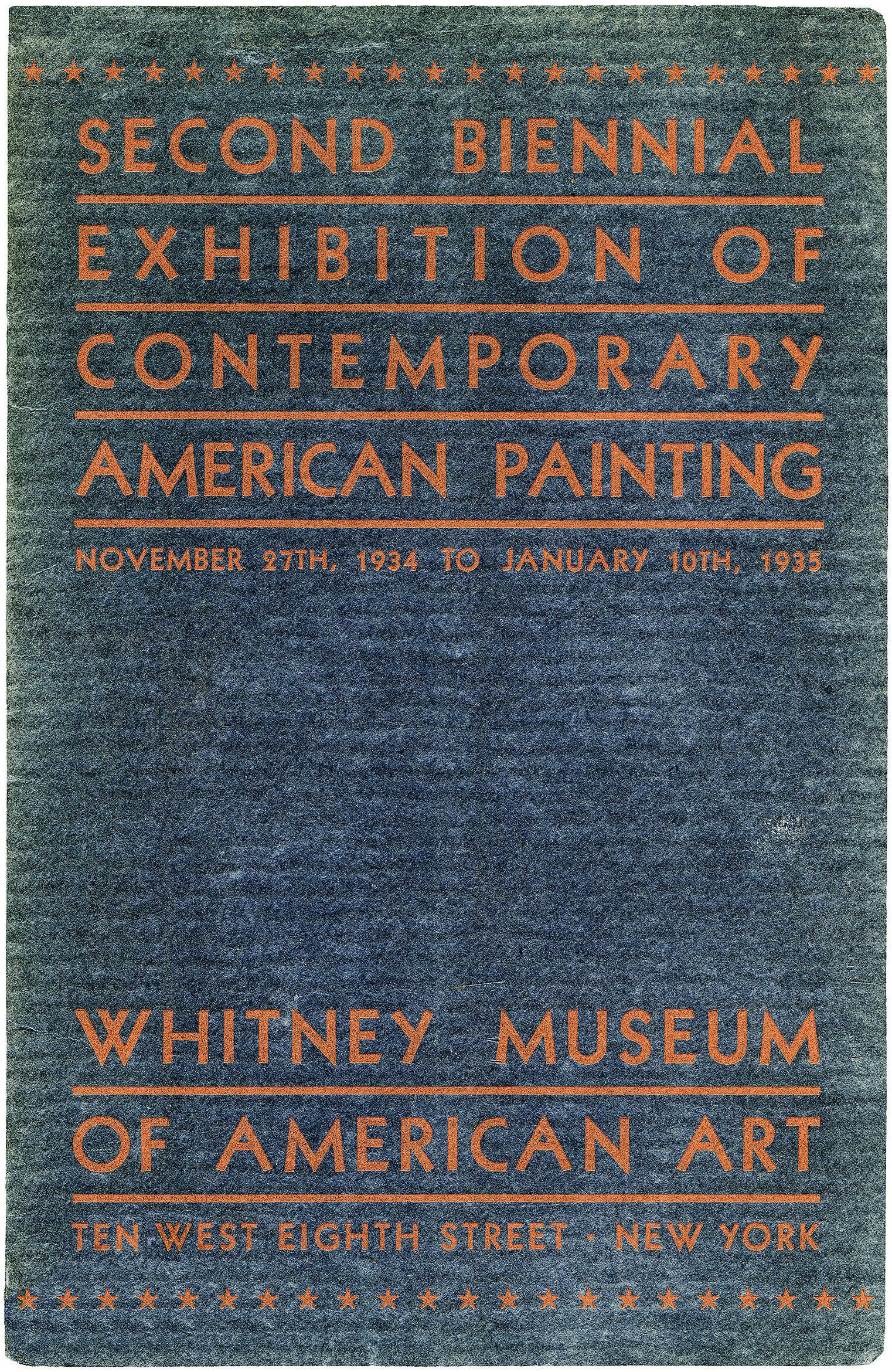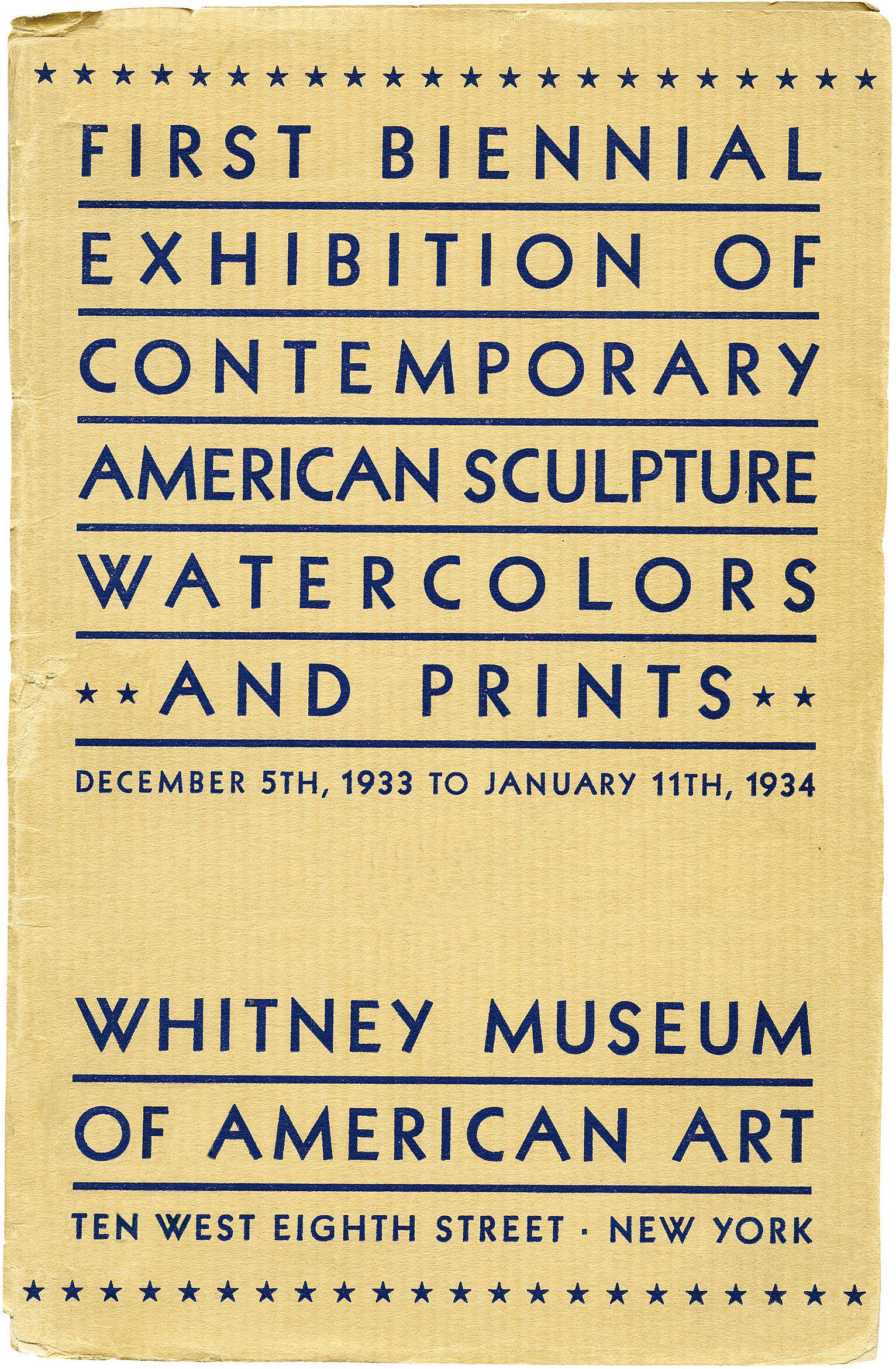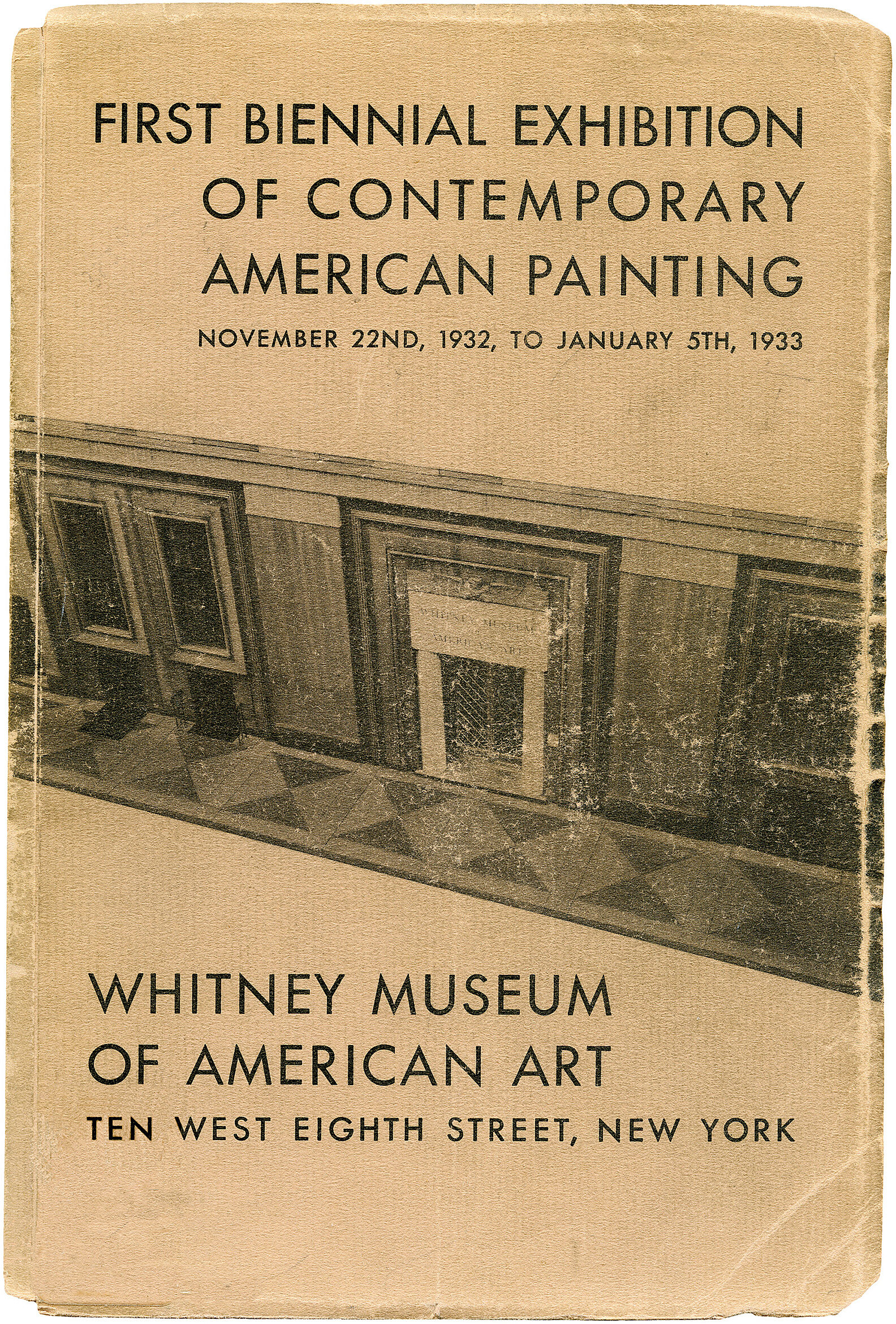William Glackens
1870–1938
William Glackens was one of a circle of Philadelphia newspaper illustrators who, under the tutelage of the painter Robert Henri, moved to New York at the turn of the century and formed part of the revolutionary group of urban realist painters known as the Ashcan School. Like his colleagues in the group, Glackens rejected the refined themes of genteel society promoted by the conservative art academies, turning instead to street life and pop culture as subjects for his art. Inspired by the proliferation of new entertainment forms during the years before World War I, Glackens used loose, impressionistic brushwork to chronicle an optimistic, democratic world of lighthearted enjoyments.
Hammerstein’s Roof Garden portrays an evening at a fashionable New York nightspot—a roof garden used for open-air entertainment when rising summer temperatures forced indoor theaters to close. Opened by theater impresario Oscar Hammerstein on West 42nd Street, Hammerstein’s Roof Garden presented vaudeville acts that included exotic Spanish dancers, cycling jugglers, and tightrope walkers. Only at the turn of the century did it become acceptable for respectable women to attend amusements of this sort, and here they sit side by side with men. The arena is lit by a filigreed tangle of electric lights, a recent invention that had made nighttime theater possible. The scene, therefore, is not simply a lively night at the theater but a record of changing social norms and the exhilarating impact of new technology on everyday life.
Introduction
William James Glackens (March 13, 1870 – May 22, 1938) was an American realist painter and one of the founders of the Ashcan School, which rejected the formal boundaries of artistic beauty laid down by the conservative National Academy of Design. He is also known for his work in helping Albert C. Barnes to acquire the European paintings that form the nucleus of the famed Barnes Foundation in Philadelphia. His dark-hued, vibrantly painted street scenes and depictions of daily life in pre-WW I New York and Paris first established his reputation as a major artist. His later work was brighter in tone and showed the strong influence of Renoir. During much of his career as a painter, Glackens also worked as an illustrator for newspapers and magazines in Philadelphia and New York City.
Wikidata identifier
Q1339934
Information from Wikipedia, made available under the Creative Commons Attribution-ShareAlike License . Accessed December 22, 2025.
Introduction
Comment on works: Landscapes
Country of birth
United States
Roles
Artist, illustrator, landscapist, painter
ULAN identifier
500018884
Names
William James Glackens, Glackens, William Glackens, William J. Glackens
Information from the Getty Research Institute's Union List of Artist Names ® (ULAN), made available under the ODC Attribution License. Accessed December 22, 2025.

